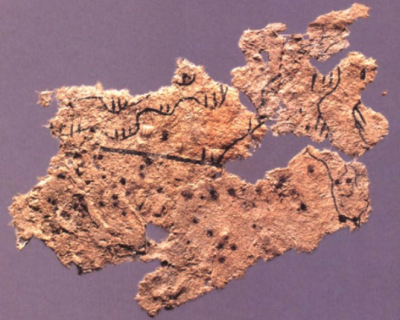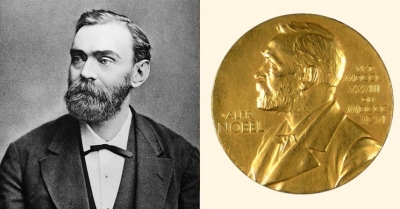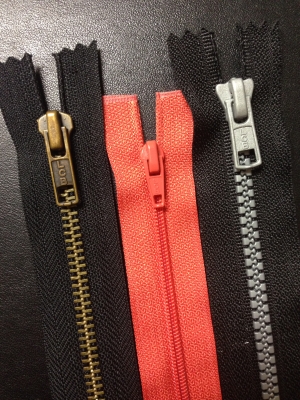Who first made paper?

Paper was first made by wasps! They make paper for their nests by chewing up fragments of wood.
The ancient Egyptians made paper from a water reed called papyrus-hence the name paper.
As early as the second century the Chinese manufactured paper from bamboo fibres, pounded and pulped and then left to dry.
Paper made out of plant-like fibres was invented by the Chinese Cai Lun, who in the 2nd century China, mixed textile fibres from the bark of the mulberry in water and produced sheets of paper from that. The invention of paper was one of the reasons for the successes of early China, through easier governing of the country.
Archaeological findings have shown that paper was first made from plantlike fibres, were already used from 140 to 87 BC.
The art of papermaking was first exported from China to Korea and Japan around 610 AD. Arabic people have learned the papermaking technique in the 8th century from Chinese, as is being told, from Chinese people skilled in papermaking who were captured. The Arabic people spread the knowledge during their military campaigns in the North of Africa and the South of Europe. The first paper manufacturing in Europe started in 1144 in Xativa (near Valencia) in Spain. The first papermaking in countries in Europe, which were not controlled by the Arabians, was in the 13th century in Italy and Spain, although the usage of paper was already known in Europe since about 1100. A paper mill in Fabriano (near Ascona) in Italy existed in 1276 (and still exists nowadays). Around this time sizing paper with animal glue was invented in Italy. The Germans had their first paper mill in 1389, followed by the rest of Europe at the end of the 15th century. In Belgium the first paper production was in Huy (Hoei) in 1405 and in Holland in Dordrecht in 1586.
Picture Credit : Google


